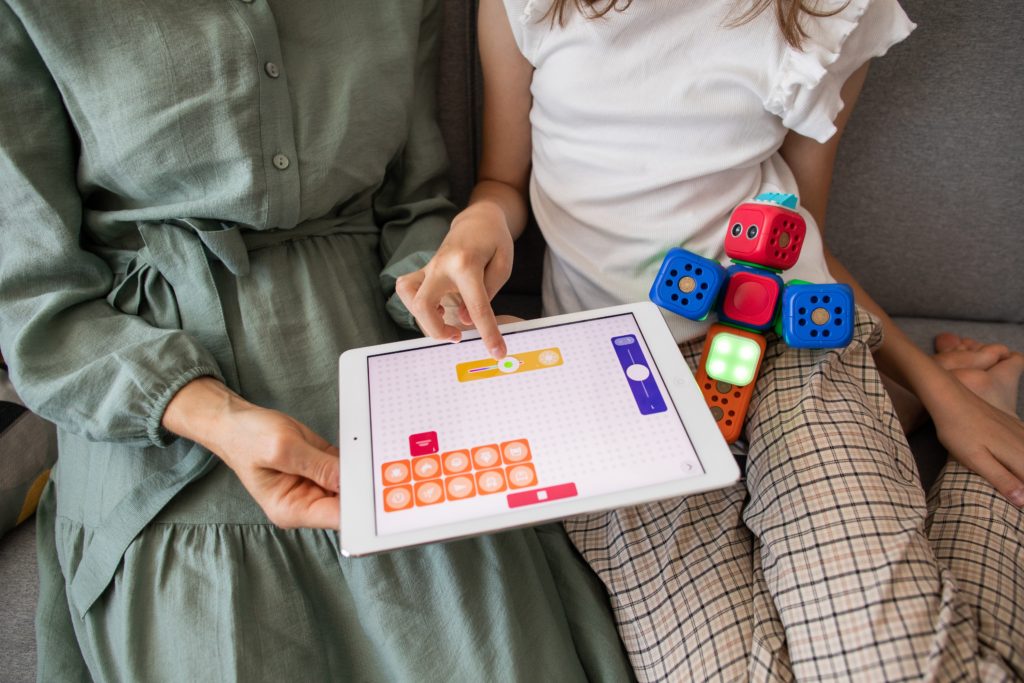For centuries, we have been taught that intelligence is a fixed trait. You either had it or you didn’t and there was no way of improving your IQ. However, recent research has shown that spatial intelligence can be improved with training and by making the brain work in different ways than usual. The impact of this discovery could be huge for children who struggle in school because they are not as smart as their peers.
Bringing out the best in every child means creating an environment where all types of intelligence are valued and nurtured on equal terms, so kids feel like they belong to something greater than themselves-a learning community where everyone’s contributions matter equally.

Spatial intelligence is defined as the ability to think about how objects would relate to each other in space. The theory behind this type of intelligence is that it involves thinking about shapes, sizes, distances, angles, and textures without having to physically manipulate these items. Parents may not know much about this form of cognitive ability until their child struggles at puzzles like jigsaw puzzles or mazes for an extended period of time. Many kids will eventually catch up with spatial skills development as they age but some children will require more help than others.
It is believed that spatial intelligence is closely related to mathematical intelligence so it is not very surprising that children with low IQ scores may perform poorly in mathematics. Fortunately, there are training programs designed to develop this kind of intelligence in kids and most of them are based on the same “brain gym” concept used by many modern parents who seek stimulation for their children. Learning strategies for math and spatial intelligence can be improved with special training but parents should do their research to find a program that is right for their child. The best programs use sensory stimuli such as lights, sound, touch and movement to help stimulate the different parts of the brain.
Spatial Intelligence – Why Does It Matter to Kids
Spatial intelligence is beneficial to children’s development because it helps them understand and interact with the world around them. It can also help them in several careers, such as architecture and other building fields. Spatial ability can be improved through training and by challenging the brain to work in different ways.
Spatial intelligence is crucial to success in the classroom and children who struggle to learn math or read may do better if they are taught using their spatial abilities. Using sensory stimuli like lights, sound, touch and movement can help improve kids’ learning strategies and actually stimulate the different parts of the brain.
How Can Parents Support Their Children’s Spatial Intelligence
Many children use spatial skills without thinking about it or knowing that they’re doing it – for example, when they’re copying a paper airplane design from a book.
Parents can encourage their children to play games and do activities that require them to visualize images or patterns. By doing this, they are helping their kids improve their spatial intelligence.
The area of math known as geometry also requires students to think spatially. In fact, the ability to reason with shapes is an excellent indicator of overall spatial abilities. Thus, having kids study geometric concepts such as those in Euclidean geometry not only helps those who are strong in math but can also help other kids’ overall understanding of space and learn how to solve problems more effectively.
The Importance of Play
When children play with blocks and other construction toys, they’re using their spatial skills and exercising their imaginations.
Parents should encourage kids to use their imaginations when playing with such toys – for example, by building spaceships instead of just houses or castles.
Another important type of play that helps develop spatial intelligence is imaginative role-play.
For example, having a tea party requires kids to use their imaginations because the children are pretending to be adults.
Playing board games such as those involving strategy can also help improve spatial reasoning skills. And these benefits extend beyond childhood because people become better at solving problems as they get older.
Ways to Help Your Child Develop Strong Spatial Skills
Many kids who are strong in math will not be especially skilled at visualizing concepts or imagining things that aren’t physically present. The opposite is also true: Kids who have good spatial skills may struggle with abstract mathematical ideas.
Parents should encourage their children to approach problems from different angles and consider multiple solutions. Encourage your kid to use visualization when learning new information, such as the multiplication tables. For example, one way kids can learn 5 x 7 is by counting up seven groups of five pennies and then counting all the coins together: 5 x 7 equals 35.Parents can also help their children with spatial skills outside of the home by exposing them to different types of play experiences, such as in a playground setting.
Tips for parents on how to help their children with this skill set
Spatial reasoning is not an innate skill; it’s one that anyone can improve.
When playing with kids, ask them to show you how they did something or how to do a puzzle instead of simply telling them the answer. Parents can also challenge kids with board games that require them to visualize things like where pieces are located on the game board. Games such as Battleship and Connect Four are great for this because they involve spatial visualization, strategy, and competition.
As children get older, parents should encourage them to use their imaginations by playing make-believe with dolls or action figures. Parents can also challenge their kids to manipulate objects mentally, such as by having a child move a toy car through a maze in his head before moving it physically.
Similarly, parents should encourage their children to read maps and follow directions carefully rather than just relying on their sense of direction. Parents can also help by asking questions that require their children to use visualization. For example, if the family is planning a vacation, parents could ask their kids about what type of souvenirs they would like to bring home from each location they visit.
Conclusion:
With spatial intelligence, kids can learn to see and think creatively. Understanding how your child’s brain works are the key to developing strong skills in this area of cognition.

